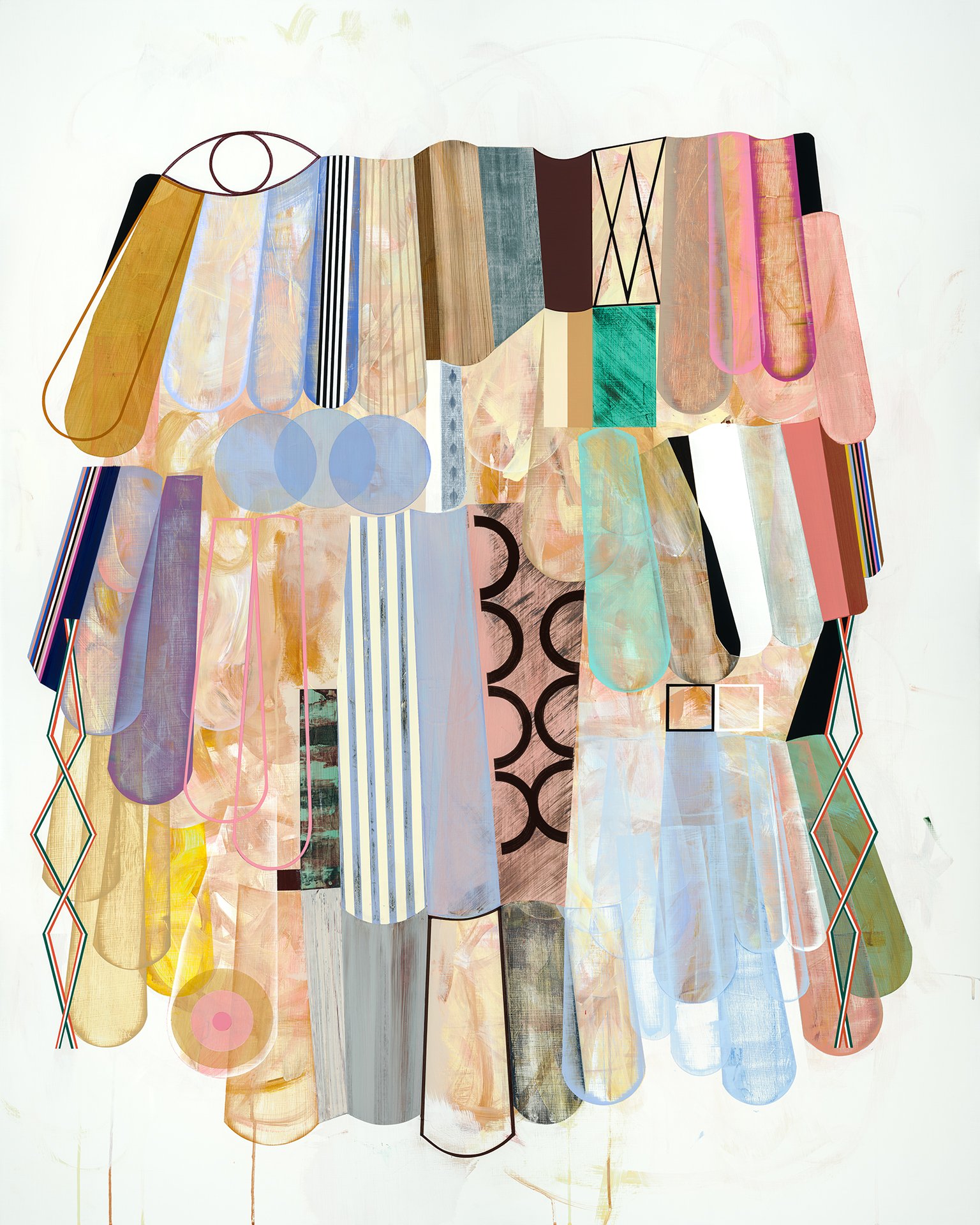Some Things I have Learned (in no particular order)
photo courtesy of Charles Wooldridge
Painting is my best friend. I am a mother and a wife, a daughter and a friend, and I play these roles gladly. But I would not be one bit sane if I didn’t paint. Here are some things I have learned after 25 years in the studio:
Being a painter is not a passive act. At times it’s an endurance event. The solitude required for painting puts you at the mercy of many hours spent alone with your own thoughts and old tapes. You must be willing to stay. To listen. And then you can start to find out things you don’t know and possibly more importantly things you don’t even want to know.
The paintings that annihilate you emotionally are usually the best ones. If they don’t get to the darkest parts of your own heart, if they don’t challenge you to the core, they aren’t going to challenge or deeply touch the audience either. It is the struggle, the clawing through to the revelation that makes work that resonates with others.
You can’t ignore the work that wants to be made–and in making the work you will face much doubt, will be seriously humbled, and if you are lucky, genuinely annihilated (often). It is often very very difficult work. Sometimes making paintings is akin to transmuting pain. But it is the most necessary act of all time, isn’t it? Truly, how would we survive without art in all its forms? And what else would we do with all of the pain?
Painting offers a way of excavating to the roots of pain points, allowing you to experience an unselfing that frees you from the grips and in turn makes something. Then the thing that remains is in essence a record, is proof that transformation is real and possible.
Writing about the work can provide a self-rooting, self-soothing–way of understanding, of pulling the revelation back into yourself–like an elixir. It is a strange thing to go through having an intense relationship with the work, with the one painting that becomes its own thing, and then to release it into the world. Not everyone is compelled to do a second deep dive into their own work and instead set it free and let others define the work for themselves, but there is a lot to learn from careful consideration and perhaps the forcing of meaning onto each painting.
To force meaning is a bit like dreamwork–and to trust whatever comes through in interpreting the meaning will reveal something about yourself. Whether healing a wound from the past, resolving confusion, processing distressing current events, offering up an elaborate prayer, touching in with archetype…the excavation of the meaning first feeds the artist then may also cross over and become soul food for others.
Sometimes a painting is simply about making something that makes sense, that uses interesting color combinations arranged into a composition that strikes visually and mentally. Sometimes it’s about trying new things and enjoying the interplay of shapes, colors, textures, and feeling the music in the abstract montage.
Painting provides a path of individuation, a making of one’s own visual, mental, emotional language that has been forged through trust in source, through showing up day after day, refined and reiterated over years. Miraculously, this language is often recognized by others.
The practice of painting can be a salve and respite, a place of processing life—the elation, terror, devastation, and awe of the miraculous mess that somehow comes full circle and makes perfect sense—at the very point at which you have given up all hope. Alongside the painter at all times is painting. It never fails, never abandons.
Myth: being a parent will take away the precious time you could devote to being an artist. Truth: The coupling of these two major areas of life meet in ways that are symbiotic, healing and revealing.
What you learn as a parent makes you a better artist. The patience, stamina, showing up whether or not you feel like it, constant surrender to having little control, doing your best, being as clear as possible in order to serve, and riding the emotional rollercoaster–this crucible of parenthood can inform your studio practice, and visa-versa. It’s a self-nourishing intertwining.
The work is the way. The quiet, the satisfaction, the self-realization that is eventually gained from showing up to do the work, helps you and heals you and makes you more present as a human.
The artist’s job is to serve the work. The artist is not in service to the audience. The audience receives privileged viewing of the finished work. The audience can make their own judgments, can vibe or not, can take or leave. The audience has a choice. The artist does not.
You have to have stamina–to get through the parts when you aren’t necessarily engaged with productive work, and you are bumping around in the dark woods for days or even weeks. But if you can stay with it, a subtle voice arises that is woven in between the panic, questioning, noise and ego-soundings, that holds wisdom and truth, and eventually, an elegant solution to your (self-created) problem.
No painter is an island. It’s good to regularly marvel at the connections—both human and technological—and all the people who show up for you as an artist in myriad ways.
The work doesn’t get easier. It gets harder, leads you down to darker places—like a miner excavating diamonds (the deepest known gemstones). And you can handle it because you have the experience of navigating the depths. If the work is getting too easy, it’s probably also getting boring.
But doing the work is easier when you are sober. Read more here…





